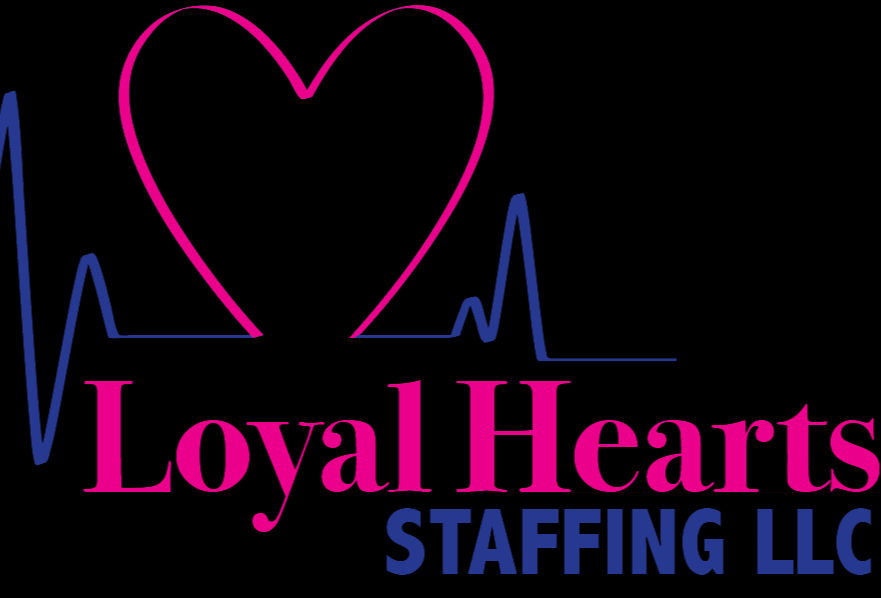Nursing care on admission to an inpatient unit
- April Swanson

- Oct 21, 2022
- 2 min read
Reception of the patient and family in an inpatient unit. Collection and analysis of the patient’s admission situation.
Objectives:
– To achieve the integration of the patient and family in the nursing unit to recuperate their physical, psychic, and social well-being, with a personalized and humane treatment.
– To reduce the anxiety of the patient and family, providing them with security and a therapeutic environment.
– To provide the necessary information needed by the patient and family. – To make a diagnosis about the patient’s problems.
– Establish nursing interventions based on the detection of the patient’s problems and needs for the planning of nursing care. – Assess the patient’s condition on admission.
Equipment:
– Buzzer and light easily accessible to the patient. – Hygiene material. – Devices to aid elimination: wedge, bottle. – Hospital clothing. – Glass, plate. – Assigned room clean and prepared (bed, bedside table, chair/chair and closet).
Material:
– Personal utensils: tissues, soap and denture box, if needed. – Nursing assessment sheet. – Clinical documentation.
Procedure:
– Arrange the patient and family in the room.
– The nurse will greet the patient, introducing herself and the rest of the team. Introduce the roommate if his/her condition is appropriate.
– The patient will be assigned a nurse responsible for his/her care.
– The patient will arrive with the medical record. The nurse will check data and content (medical orders, restrictions, diagnostic tests, etc.).
– Perform nursing assessment on admission and complete the record within the first 24 hours after admission.
– Analyze nursing diagnoses and problems for subsequent nursing care planning.
– Assess the sociocultural perspective of the patient to plan nursing care.
– Prescribe the prescribed medication and apply the prescribed medical orders.
– Include the patient in the unit’s planning.
– Provide information to the patient and family about: the different people who make up the team, the physical structure of the room and the unit, room equipment, internal rules (visits, meal times, storage of valuables, hospital services, etc.).
– The patient will be given the unit’s and hospital’s operating rules in writing as well as information about the patient’s rights.
– Provide the patient with the toiletries and hospital linen stipulated by the center.
– Establish hygiene procedures if necessary. – Communicate admission to the kitchen, pharmacy, etc.
– Put on the patient’s unmistakable identification bracelet provided by the admitting service.
– Ensure before leaving the room that the patient does not need anything and is comfortable.
– Record the completion of this procedure in the nursing documentation.
Remarks:
3 types of admission can be presented: – Urgent: comes from the emergency department.
– Programmed: from the admission service. – Intrahospital transfer: from another hospitalization unit.
– Provide an atmosphere of acceptance and welcome.
– Avoid interrupting the patient when he/she is talking.
– Address the patient by name, indicating our own name.
– Adapt our language to the level of understanding of the patient and family.
– Observe non-verbal behaviors of the patient and family.








Comments